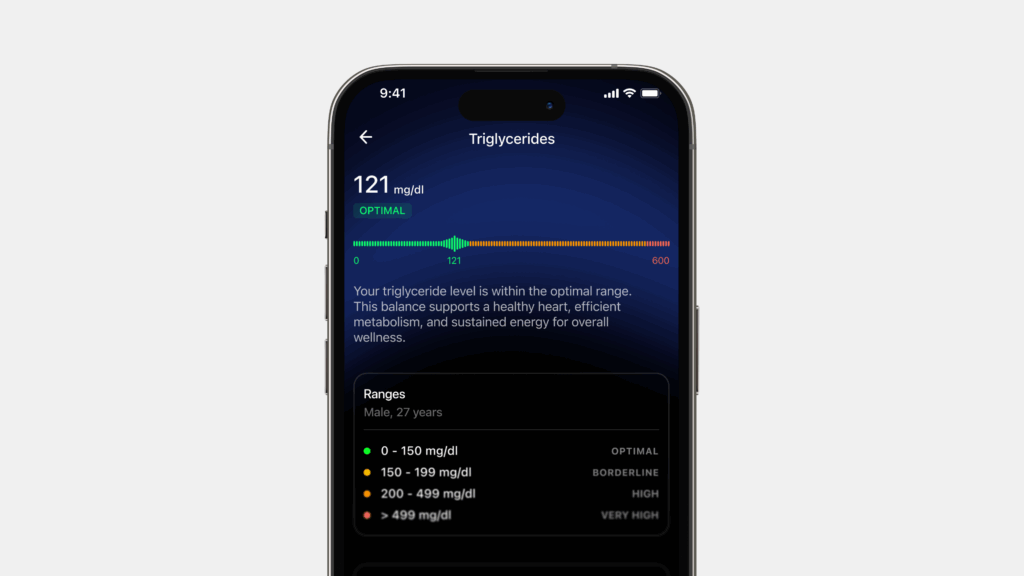IIFYM, short for “If It Fits Your Macros,” is a diet that has been gaining attention on social media and in fitness circles, especially among people frustrated with rigid dieting rules.
First popularized by fitness coach Anthony Collova, IIFYM takes a more flexible approach to weight loss by focusing on daily macronutrient targets rather than restricting specific food groups.
Instead of counting calories alone or cutting carbs, the IIFYM method tracks your intake of protein, carbohydrates and fat.
Read next: What is metabolic age and how to calculate it
Highlights
- IIFYM (If It Fits Your Macros) has gained popularity for its flexible approach, focusing on hitting daily macronutrient targets rather than cutting out carbs or sugar.
- While it can support weight loss, focusing solely on macros without considering blood sugar, mealtimes, or cholesterol may limit its long-term health benefits.
- Because IIFYM emphasizes macros, important micronutrients like vitamins and minerals can be overlooked, potentially leading to deficiencies.
How to follow IIFYM
How to calculate your macros
- Find your BMR (basal metabolic rate): This is the number of calories your body uses at rest, calculated using your age, gender, height, weight and body-fat percentage.
- Adjust for activity level: Multiply your BMR by an activity factor to find your Total Daily Energy Expenditure (TDEE).
- Set your goal: To lose weight, reduce your TDEE by 10–25%. To gain weight, increase it by 5–15%.
- Set your macro targets: Protein: 0.7–1g per pound of body weight
Macro calculators available online can automate this process. Once your targets are set, the key is consistency: track your intake daily using apps or digital food scales to hit your numbers accurately.
What to eat on IIFYM

There are no off-limit foods, but choosing nutrient-dense options makes it easier to meet your goals. High-protein foods include meats, dairy, eggs, legumes, nuts, and seafood. Healthy fats come from avocados, nuts, fatty fish, and olive oil. Carbohydrates can be sourced from fruits, vegetables, grains and cereals.
While IIFYM allows flexibility—even permitting occasional treats like chocolate or fast food—it works best when you choose whole foods that keep you full and support overall health.
Read next: Metabolic score – and how it’s calculated
Pros of IIFYM
- Flexible and sustainable: No food is forbidden, which helps many people stay consistent.
- Educational: Encourages better understanding of food content and portion sizes.
- Customizable: Can be tailored for fat loss, muscle gain or maintenance.
- Can aid PCOS management: Some evidence suggests that macro-balanced, higher-protein diets may help women with PCOS manage weight.
- Suitable for low-activity individuals: Because it adjusts for activity level, IIFYM can work for people with limited mobility.
Cons of IIFYM
- Micronutrients are often overlooked: Since the focus is on macros, essential vitamins and minerals may be neglected.
- Not tailored to health conditions: People with conditions like diabetes or kidney issues may need to modify or avoid IIFYM due to macro constraints.
- Limited scientific validation: While macro-based diets have shown benefits, IIFYM itself has limited peer-reviewed research. Social media influencers promoting it may not have formal nutrition training.
- Risk of disordered eating: Tracking macros obsessively may worsen food anxiety or contribute to disordered eating, particularly among vulnerable groups.
Conclusion
IIFYM can be an effective and less restrictive way to pursue weight goals. It emphasizes awareness, flexibility, and consistency rather than rigid dieting.
But it’s not a magic bullet. For long-term success, it should be paired with healthy eating habits, sufficient sleep, physical activity and attention to micronutrients.
People with underlying health conditions—or anyone with a history of disordered eating—should consult a healthcare provider before starting.
Disclaimer: The contents of this article are for general information and educational purposes only. It neither provides any medical advice nor intends to substitute professional medical opinion on the treatment, diagnosis, prevention or alleviation of any disease, disorder or disability. Always consult with your doctor or qualified healthcare professional about your health condition and/or concerns and before undertaking a new healthcare regimen including making any dietary or lifestyle changes.
References
- https://www.healthline.com/nutrition/iifym-guide#calculating-your-macros
https://www.iifym.com/ - https://www.self.com/story/whether-the-if-it-fits-your-macros-diet-aka-iifym-can-really-help-you-lose-weight
- https://pubmed.ncbi.nlm.nih.gov/24675714/
- https://pubmed.ncbi.nlm.nih.gov/26554314/
- https://www.ncbi.nlm.nih.gov/pmc/articles/PMC2905334/







